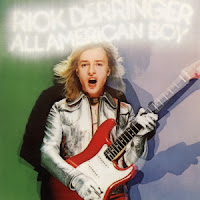Curtis CEM3340 Voltage Controlled Oscillator (VCO) chip,
designed by Curtis Electromusic Specialties, a 16-pin (DIP) integrated circuit (IC)
VCO: Discrete or chip-based, which is better? Does it matter? When I bought my Sequential Prophet-6 it was touted as great because it had VCO’s constructed from discrete components (like the original Prophet-5 synthesizer keyboards). Oberheim’s first synthesizer, the Synthesizer Expander Module (SEM) also was famously made from discrete components. Oberheim managed to take the original discrete SEM and make it into a polyphonic synthesizer, albeit a very expensive instrument (original four and eight voice synthesizers used multiple SEM modules).
In a parallel universe Dave Smith was innovating with the original Sequential Prophet-5 (five voice). Both of these great synth designers started by using discrete component designs and both migrated to using chips by Doug Curtis, creator of the famed 3340 VCO, on a chip, known simply as CEM. These chip based synths were the ones that were most popular by sales volume, playability and tuning-stability. The debate continues on today about which of these build schemes produces better sound. I think the most important thing is the music you make with any of these instruments but I still find their stories to be almost as fascinating as the instruments themselves.

















































